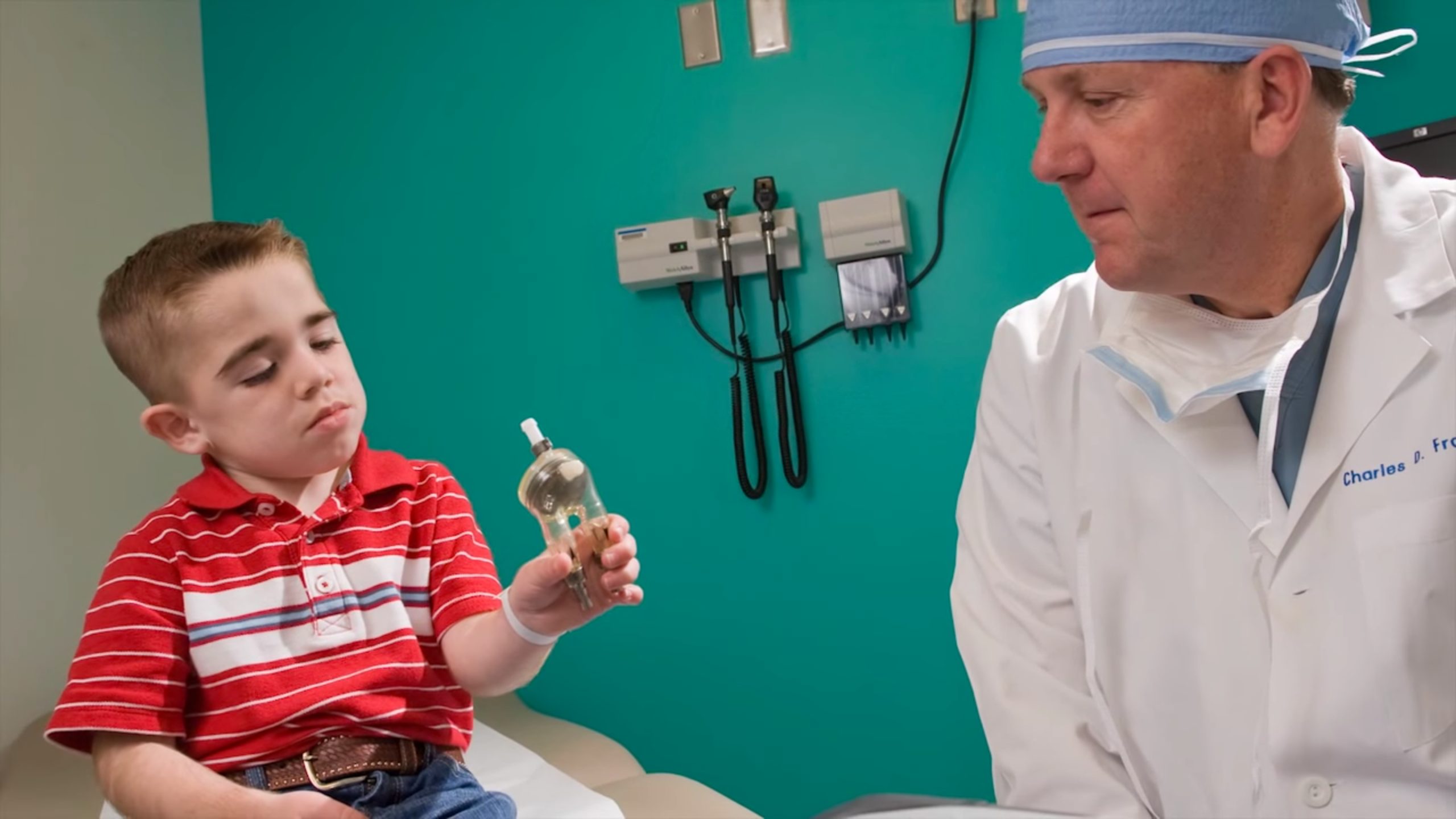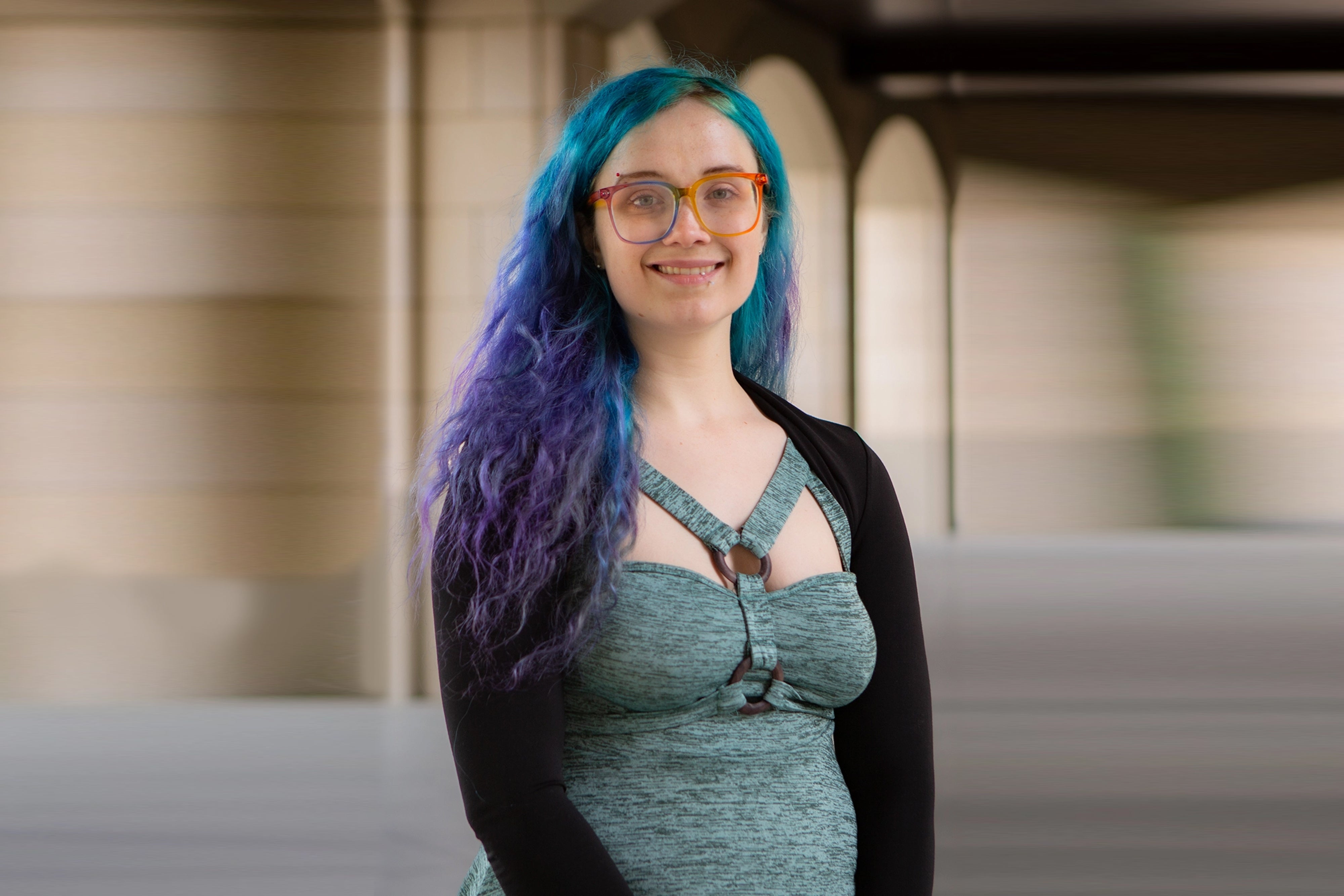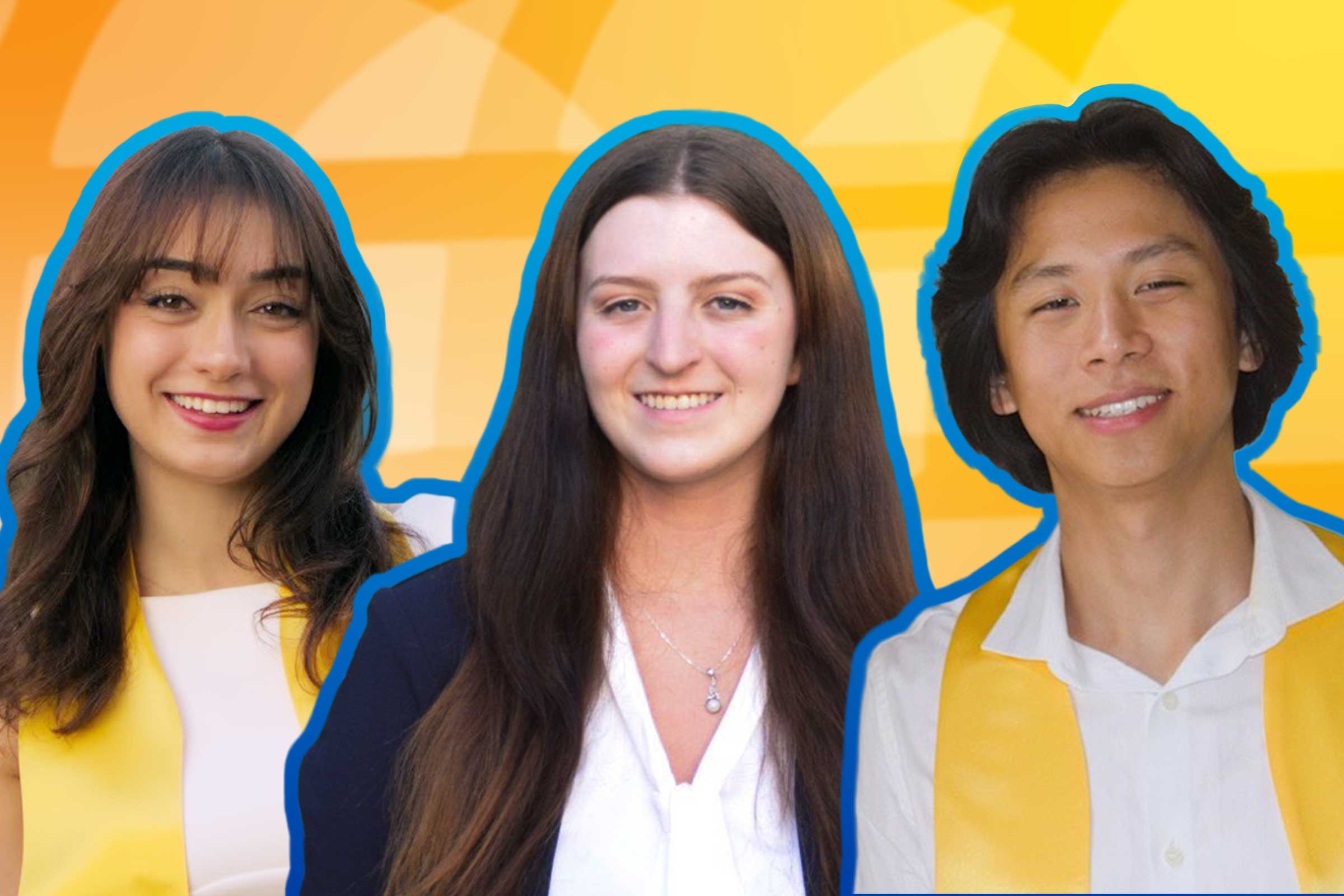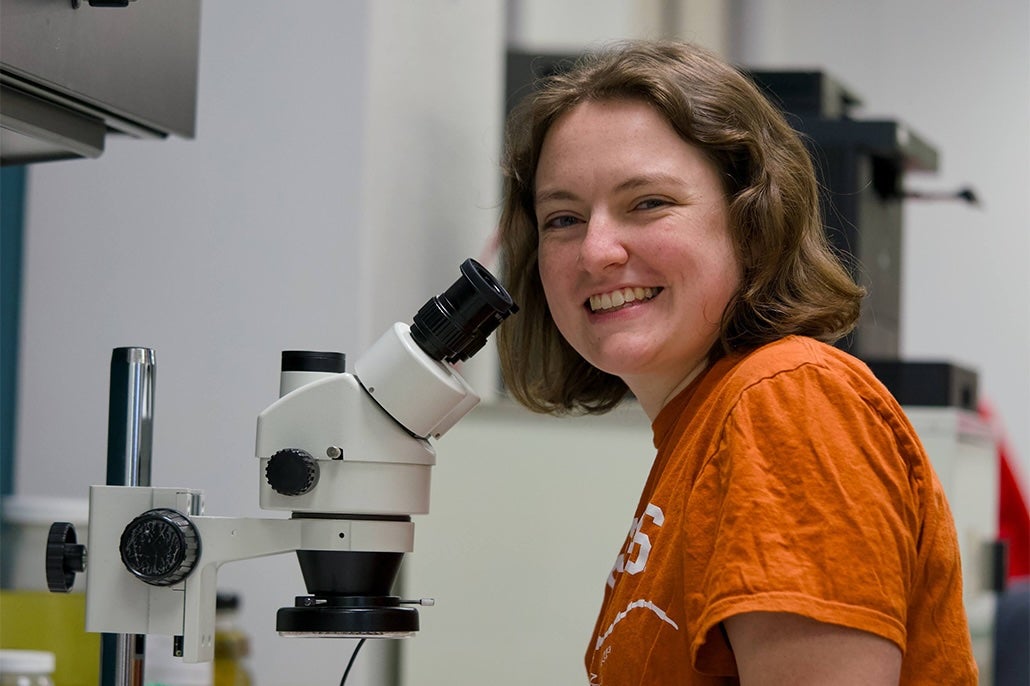Charles Fraser Mends Little Hearts
Charles Fraiser, former Surgeon-in-Chief at Texas Children's Hopital in Houston, now works at UT Austin's Dell Medical School and talks about his career.

Fraser received a bachelor's degree in mathematics from UT Austin in 1980.
How did you develop an interest in helping children with congenital heart disease?
Over the course of my time as a medical student, I realized I liked surgery because it is definitive. I liked the idea of seeing a problem, executing a solution and seeing the results. You could say I'm an immediate gratification guy. Then, I found that in working with some children's surgeons, that children are just incredible. A child has an operation and heals up really quickly. They don't have any preconceived notions about their recovery, they just want to get better. The final thing for me, that really cinched the deal, was the fact that I could do it. I found that I have an aptitude for technical things and I could do the operations. That evolution was over quite a number of years. I didn't start out in medical school to be a pediatric heart surgeon.
You pioneered the use of ventricular assist devices, mechanical pumps that help weakened hearts maintain blood flow, in children. How did you get involved in that work?
The supply of organs for transplantation in children is much lower than the need. And we saw these great advances in circulatory support technology for adults that were 20 years ahead of where we were in pediatrics. So we decided that was unacceptable and really started pushing hard to move the field forward. We led the clinical trial that proved the safety and efficacy of a device that was enormously gratifying. It was frankly a very emotional day when we presented our data to a subcommittee of the FDA and were granted conditional approval. Everyone there was in tears that this had finally happened. Since then there have been a number of other devices that have gradually progressed. We have several that we are working on right now that offer even greater promise.
What impact have these devices had?
First of all, these devices allow us to support children who are otherwise dying. Their nutrition improves, their overall physiology improves and, when a donor heart comes along, they have a better chance of doing well with a transplant. For some patients, if we can reduce the workload of their heart for a period of time, their heart will actually recover and we can remove the device. We're starting to see patients live with these devices indefinitely. We have several children who have been on the device for years now and are passing developmental milestones and going to school and all kinds of things with a mechanical device supporting their circulation.
Do you have a sense for how many lives have been saved because of these devices over the last decade?
Worldwide, maybe tens of thousands; in the U.S., definitely thousands. We're going to see that exponentially expand over the next decade.
How does it feel to be part of that story?
It's one of the most gratifying professional experiences I've had. It's invigorating, and it gives us energy and enthusiasm to push harder for the next level of improvement.
What accomplishment are you most proud of?
The thing that will endure well beyond my professional life is the team and structure that we built in the Texas Children's Heart Center. Getting to build a children's congenital heart center has been enormously satisfying and that was a pretty radical concept when we first introduced it in 1995, that you would have an entire center focused entirely on children with heart disease; but it has been enormously successful. We have little babies being flown in to be cared for from all over, and to know that we're fielding a team that's just at the top of their game, I'm the most proud of that professionally.
What makes your center one of the best in the nation?
There are three main elements of the vision: First, we house everyone who takes care of children's heart disease in the same part of the hospital—which means the surgeons, the cardiologist the anesthesiologists, the people who run the heart-lung bypass machine, mechanical circulatory support, cardiac nurses, social workers, pharmacy, administrative staff—anyone who has anything to do with the heart works right together. Second, you have to be "all in." In other words, some programs for example have anesthesiologists or other staff that take care of children with heart disease as a part-time matter, and then they do something else; but not in our program. You have to be all in. And thirdly, we developed a data analysis platform so we know, in real-time, about our performance. That's something that has been really distinctive about our programs, and in fact it's a case profile that's taught at the Harvard Business School. You might think you're doing something well, but if you don't have the data and do the analysis, you don't really know how you're doing.
Why do you do this work?
I'm in that stage of my career now where I have cared for thousands of patients. I've gotten to know them and gotten to watch them grow and develop. I've been invited into their families. I get cards and pictures and letters and graduation announcements, and now I'm getting wedding invitations. To get to participate in those people's lives, it's an incredible blessing. On top of that, I get to work with the most motivated people to do good that you could find anywhere. They come here just to take care of people's children. They're energized, they're tenacious, they're passionate. It's a great environment.
Your father-in-law, Dr. Denton Cooley, was also a pioneer in heart surgery and a UT Austin alumnus. What has been his legacy in the field?
He's one of, if not the, person who opened the door on all this, and the things that he did when no one else thought it could be done still continue to boggle my mind. He gave us the courage to take on problems that no one would ever have conceptualized. A lot of the things we do routinely have his DNA in them: the instruments we use, the way we use the heart-lung bypass machine, the approach to certain problems. You can feel his presence all over many of the things we do.
[Editor's note: Dr. Cooley passed away shortly after this interview; Charles Fraser wrote a tribute to his father-in-law for the Texas Children's Blog.]
Growing up, did you have anyone who inspired you?
I grew up in Midland and there was one particular pediatrician I was very close to. Then when I was about ten years old, I had an injury to my spleen, and I needed to have an operation and I did have a really good relationship with the surgeon. We were blessed in Midland by having really great doctors. That planted a seed.
You got your bachelor's degree in mathematics at UT Austin before going to medical school. That seems a bit unorthodox.
I wasn't sure what I wanted to do when I came to UT Austin. I ended up in mathematics because I had an aptitude for it and I always enjoyed it, and I still do. It turns out that it's a very good discipline for medicine and a good way of thinking. I really enjoyed the mathematics department, and some of the most influential people in my life have been my mathematics professors. I probably didn't realize it then, but I do now.
What would you say to students at UT Austin today who are thinking about going into medicine, or cardiovascular medicine in particular?
Cardiovascular disease is still the number one killer in the country, so there is still much important work to be done. We need these bright students at UT Austin to go into cardiovascular research and clinical medicine. We also need people to assess outcomes in healthcare. We have to be good stewards of society's trust, and demonstrate that the investment in medicine is translating into the outcomes that people expect, such as improved quality and longevity of life, and that's an area I'm intently interested in.



